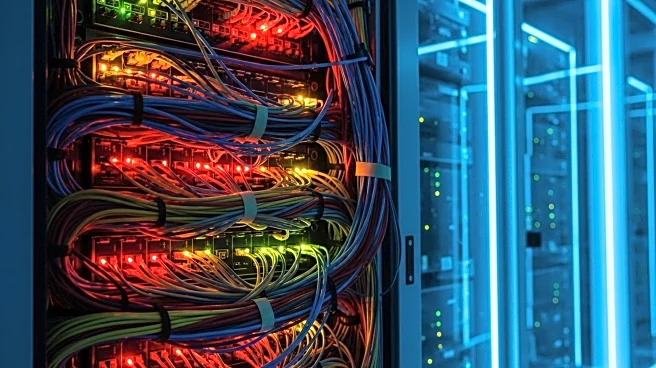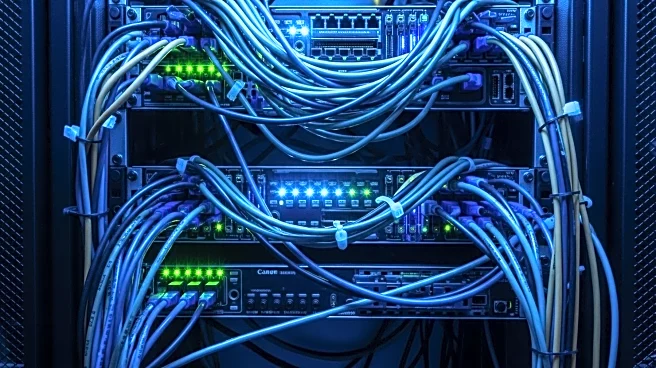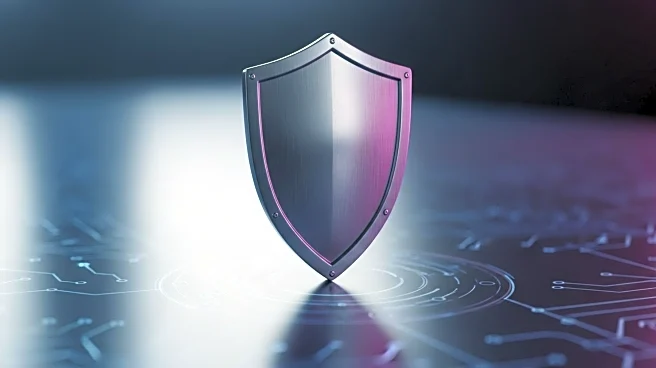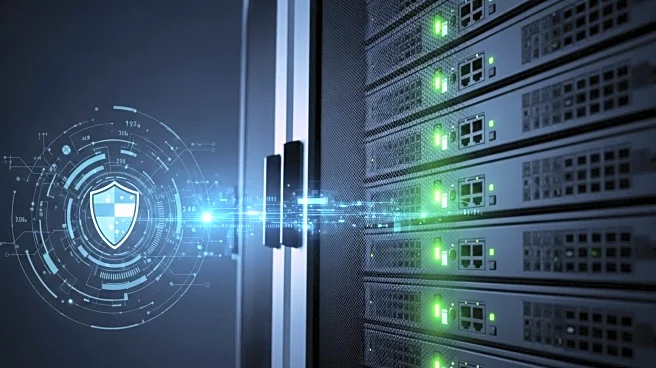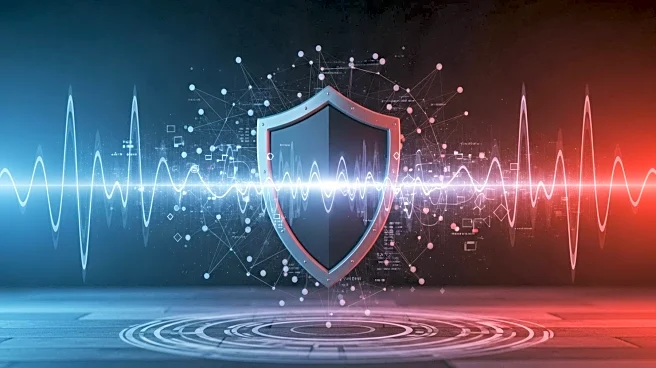What's Happening?
Cisco Systems, along with Palo Alto Networks and Fortinet, is facing coordinated cyberattacks targeting their networking devices, including ASA devices. These attacks aim to compromise firewalls and VPNs, granting attackers privileged access and persistence within networks. The campaign highlights vulnerabilities in cross-vendor environments and the risks associated with misconfigurations or delayed patching. Critical infrastructure organizations are warned about the dangers of unmonitored 'back-office clutter' data, which includes sensitive documents like CAD drawings, customer PII, and regulatory evidence, making them attractive targets for nation-state threat actors.
Why It's Important?
The coordinated attacks on Cisco, Palo Alto Networks, and Fortinet devices underscore the growing threat to network security, particularly for organizations using a combination of these technologies. The ability of attackers to gain privileged access through compromised firewalls and VPNs poses significant risks to data integrity and operational continuity. This situation highlights the need for robust cybersecurity measures, including timely patching and continuous monitoring, to protect sensitive information and maintain network security. Organizations that fail to address these vulnerabilities may face severe consequences, including data breaches and operational disruptions.
What's Next?
Organizations are advised to implement quick patching, continuous monitoring of external attack surfaces, and strong network segmentation to mitigate the risks posed by these coordinated attacks. Administrators should watch for unusual traffic to and from perimeter devices, implement available mitigations immediately, and ensure robust logging and alerting. The cybersecurity community is expected to respond with enhanced security protocols and collaborative efforts to counteract these sophisticated threats.
Beyond the Headlines
The use of generative AI by adversaries to automate attacks and adopt nation-state style tactics represents a significant shift in the cybersecurity landscape. This development calls for a reevaluation of current security strategies and the adoption of advanced technologies to counteract these evolving threats.
